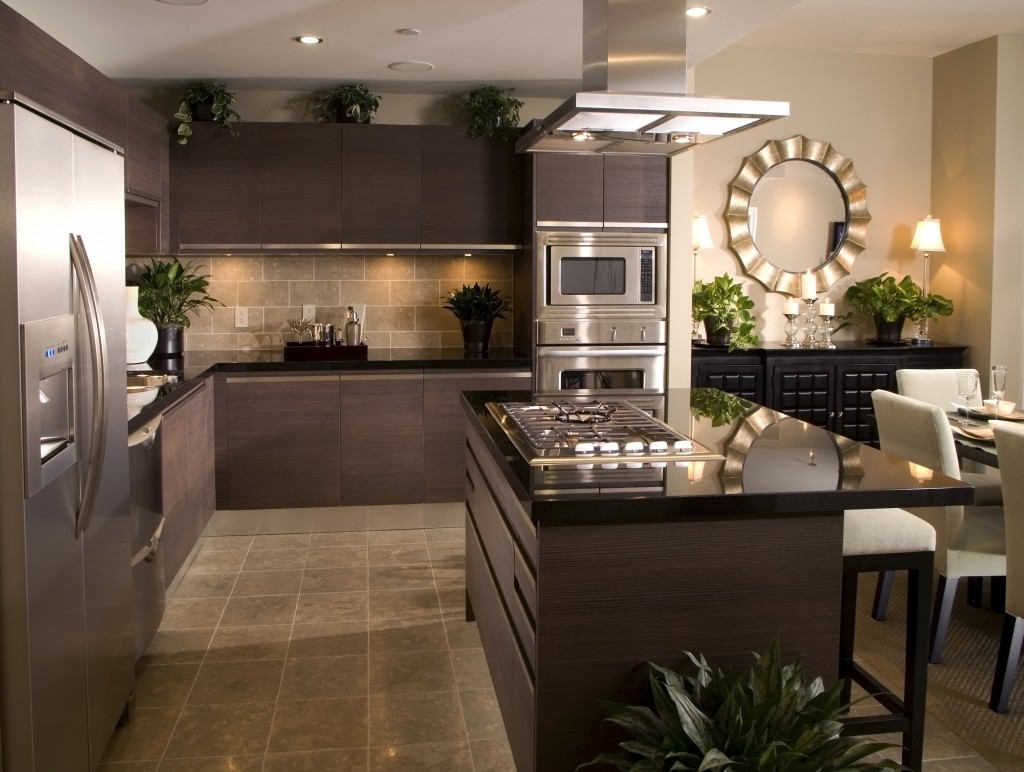Japanese minimalism, like most forms of architecture, is considered an artwork. The way that modern design coincides with nature gives the impression of serenity and peace to those that look upon it. But what exactly goes into designing your home centered around Japanese minimalism? Is it enough to add Japanese trinkets around the living room and some bamboo in your garden? Of course not. To achieve a Japanese minimalist design, one must understand what it means.
Lines and Shapes
Avoid curves and circular shapes. Instead, go for straight lines, square, and rectangular shapes as a theme for your home. These shapes offer fewer distractions and are not confusing to look at. Tables, chairs, ceiling lights, and shelves can make this possible. Get tables and chairs that stand lower to the ground. Consider light placements that don’t hang too low from the ceiling. And instead of bulky shelves, get sleek ones that fit comfortably to the wall.
Color and Design
Choosing a neutral color palette like shades of white, gray, or light brown is vital to achieve a minimalist Japanese design. These colors are pleasing to look at and don’t overwhelm the eyes. It brings a certain calmness and lets people feel more relaxed.
Aside from the color, the design of each room is also essential. As mentioned earlier, avoid adding unnecessary shapes and designs to the walls and floor. Little to no trinkets should be attached to the walls. The color of the walls should be limited to one tone and should not have any overlaying shapes or colors.
Materials to be Used
The Japanese believe that only the purest forms of materials can provide a home with the purest energy. Stick to using natural materials. Most minimalist homes are built using only the simplest form of material. Wood and concrete are mainly used to construct such homes and are designed to be sleek and smooth.
Windows and Lighting
Lighting plays a key role in the beauty of Japanese minimalist design. It accentuates the different aspects of the interior and brings out the harmony of everything. For a window to achieve this, it needs to be big and free of obstructions. In some designs, a big portion of the wall is turned into a window or separate windows. The purpose is to let as much natural light flow into the home and not rely too much on artificial lighting.

Connection with Nature
Japanese traditional architecture in general places a heavy emphasis on a home’s connection with nature. Modern Japanese minimalist designs follow this tradition in a variety of ways. As mentioned earlier, the materials used for construction are mostly the simplest forms of wood and concrete. This idea has to do with respecting what nature provides and avoid heavy alterations to the material.
The windows are also meant to be large and spacious to allow the residents to take in the outside view. In some designs, a Zen garden becomes an exceptional addition to the home.
Goodbye Clutter
Trinkets, baubles, and unnecessary decorations are unwanted sights in a minimalist home. Consider putting them away or maybe putting them into a built-in shelf. Arrange them in such a way that it doesn’t cause conflict with the minimalist design you’ve planned or already built.
Furniture will also need to be addressed. Limit yourself to one or two couches. A table with a few sets of chairs can suffice and serve its purpose. Excess lamps, desks, stands, chairs, and other such things will need to be removed or stored. You will only need enough furniture for yourself, your family, and one unexpected guest.
Storage
Make sure that everything has a place. Your pots and kitchenware should be stored and organized neatly in the kitchen and away from plain sight. Getting a small cabinet tucked neatly into the wall can serve as perfect storage for your toothbrush and other bath essentials. Anything that can be stored should be stored. Doing this will help lessen distractions and pin your home’s design as the star of the show.
Committing to employ Japanese minimalism in your home design can be a daunting task. You will have to give up many of the things you are used to seeing around your home daily. It can be scary and make you doubt the decision. However, Japanese minimalism isn’t limited to making your home look cleaner and more organized. It can also give you peace in life by reducing the stress you feel when sitting in the living room or on your bed. It makes your home truly feel like a safe and relaxing place.





